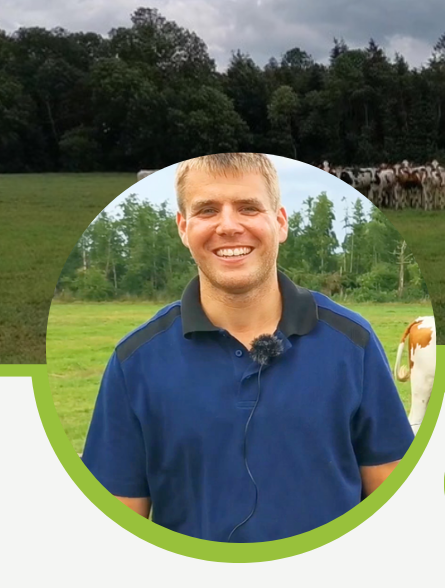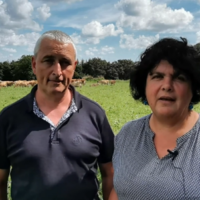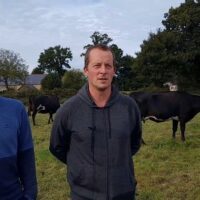Dairy farmer implements autumn calving
Description
Practice abstract
Young farmer Theis Jansen manages a dairy farm on peat soil located in northern Germany, Lower Saxony, only 2 kilometres from the North Sea. The pasture provides roughage for 150 dairy cows and 100 heifers as youngstock of the cross breed Holstein Friesian x Red Holstein. Since an internship on an Irish dairy farm, Theis has aimed to improve his pasture management and establish seasonal block calving. He chose calving in autumn instead of spring calving as is common in Ireland.
Reasons for autumn calving:
– Maintain high milk yield of 10,000 l/cow with grazing
– Lactation curve of the dairy cow fits the quality curve of the grass
– Good quality feed supply of the herd in the barn until lactation day 100
– Start of the grazing period prolongs high yielding period
– Good fertility of his crossbreds
– No calving in late summer when forage quality on peat soils is insufficient for dairy cows
How does his system work:
– 80% of the herd calves from September to December
– 20% are calved until March
– 4 years conversion phase to autumn calving
– Importance of good time management and fertility monitoring
Context profil


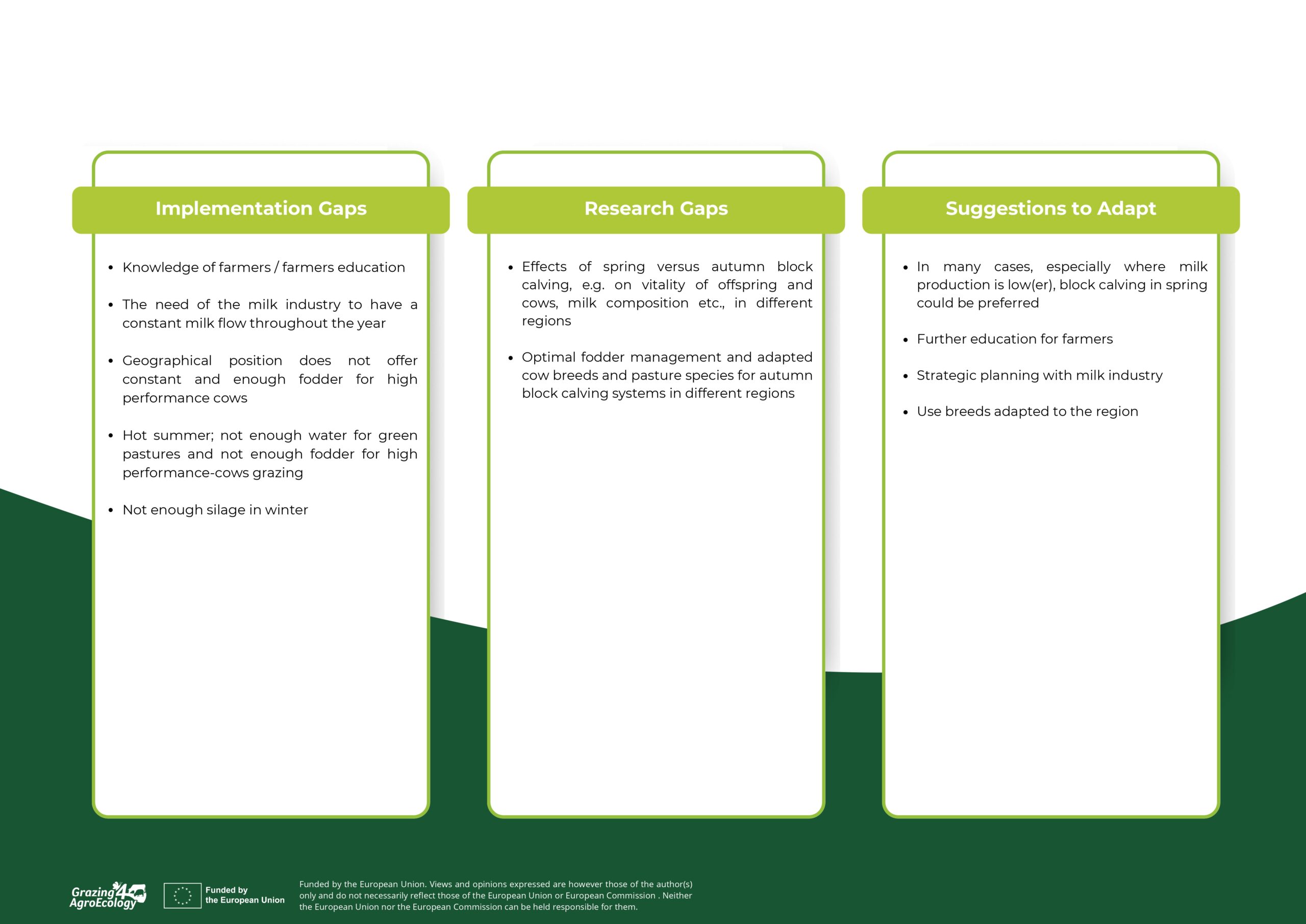
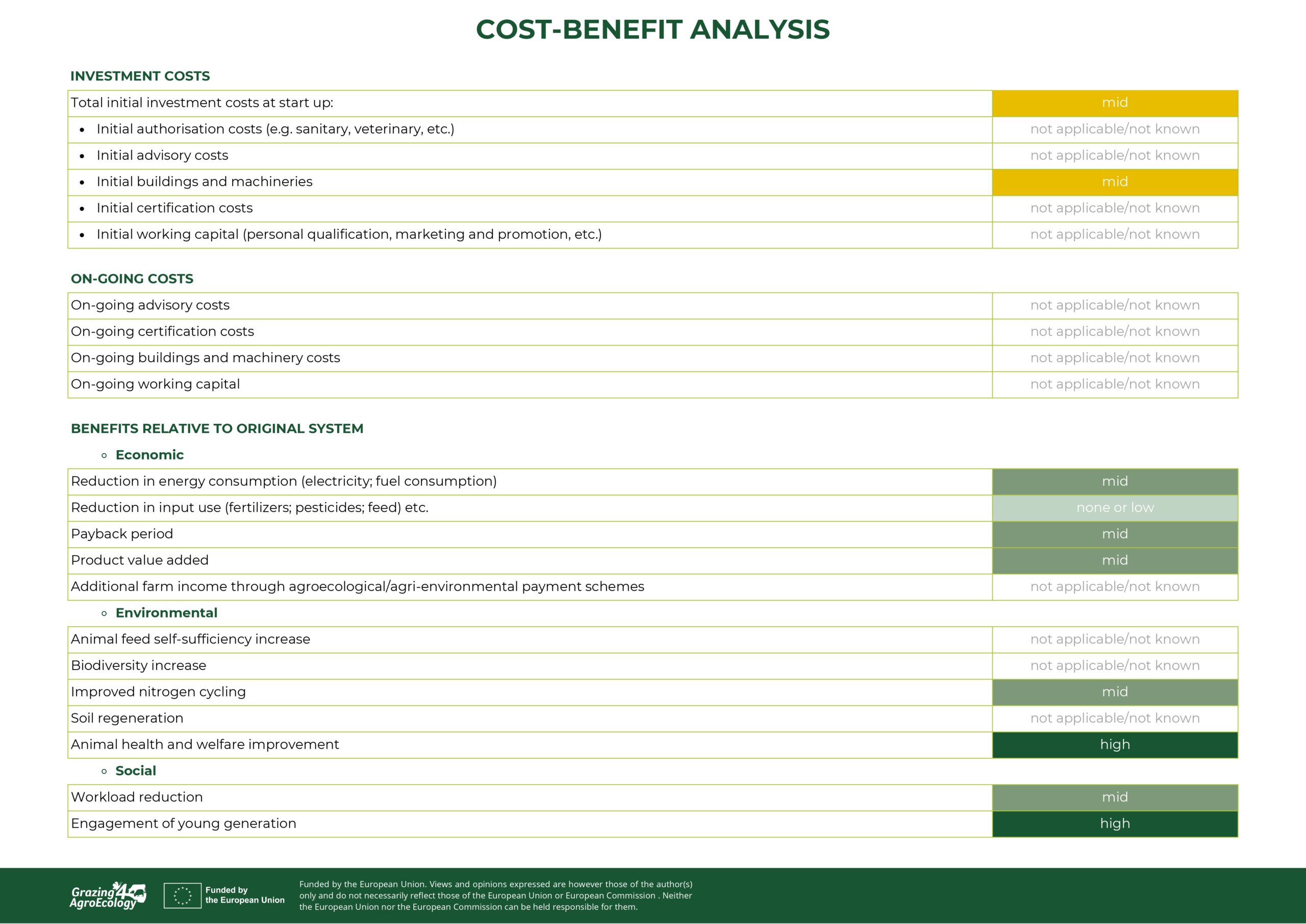
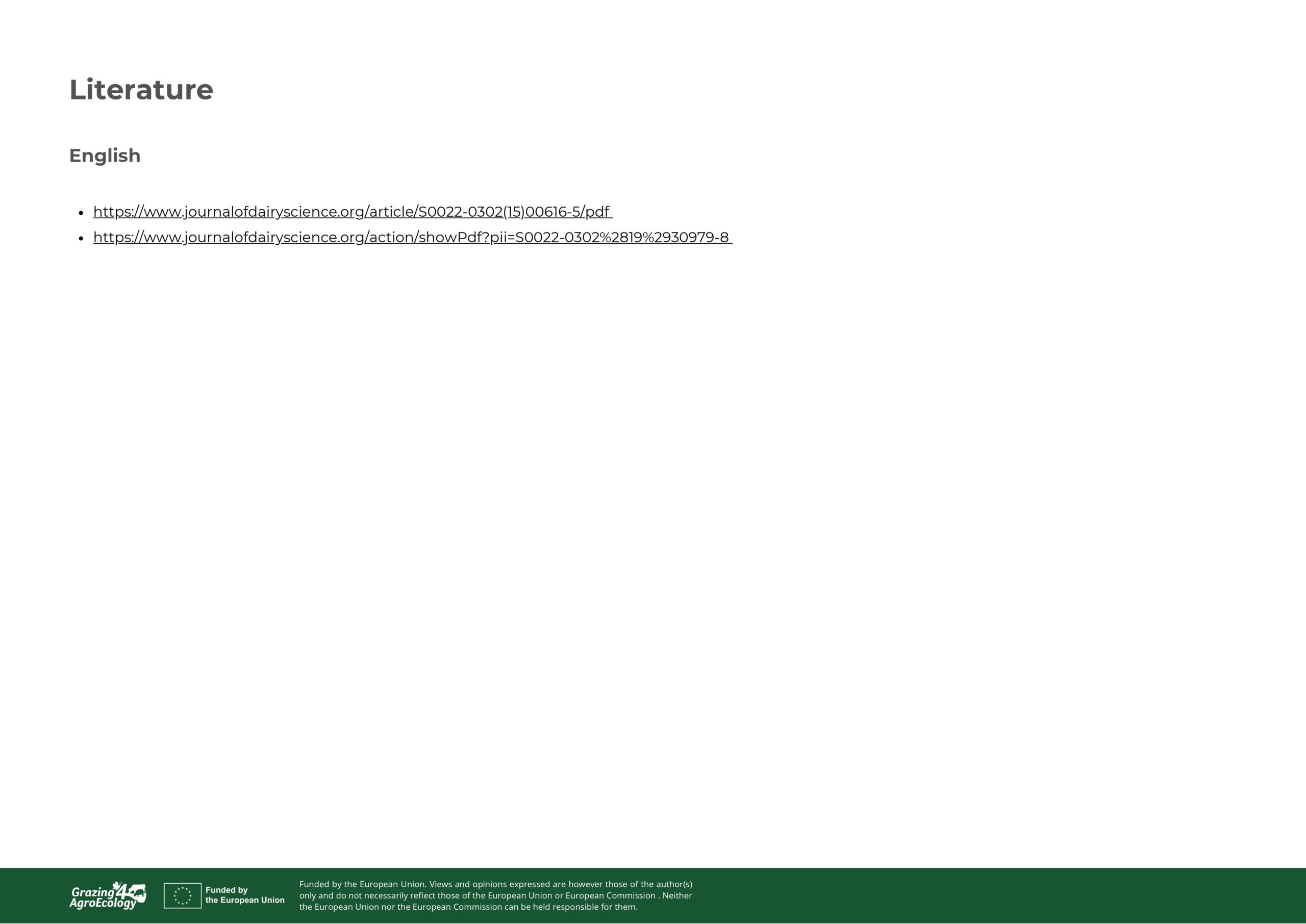
Additional information
| Main domain of innovation | Animal management |
|---|---|
| Agroclimatic area | Atlantic central |
| Climate | Moderate rainfall |
| Soil Type | Peat |
| Management | Pasture dairy |
| Technical | Easy |
| Finance/investment | Low |
| Market | Global |
| Social | Full-time farmer |
